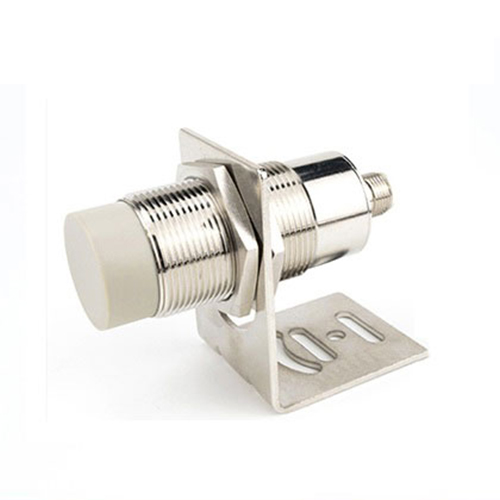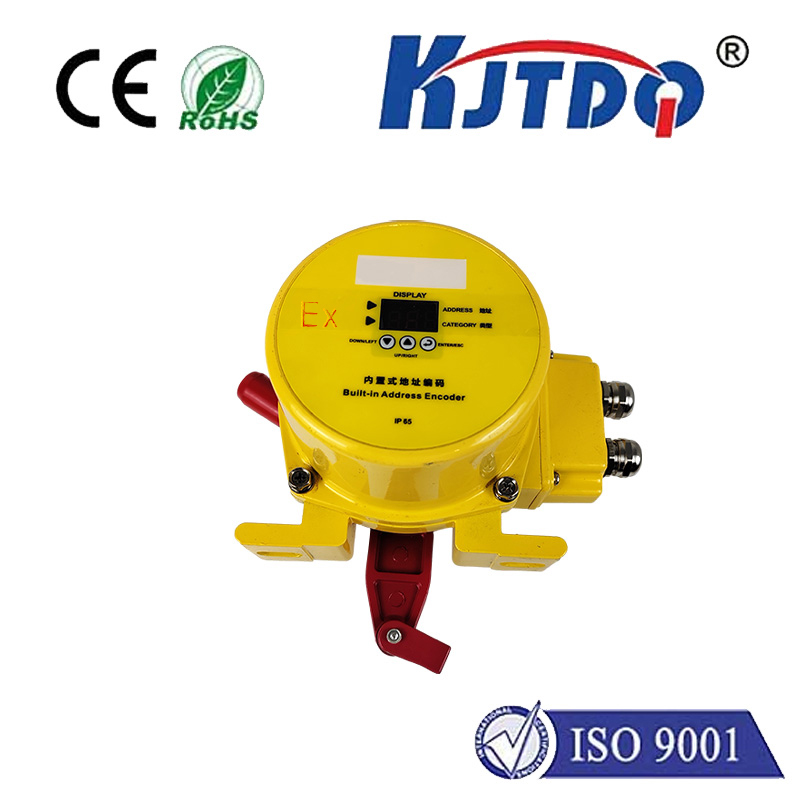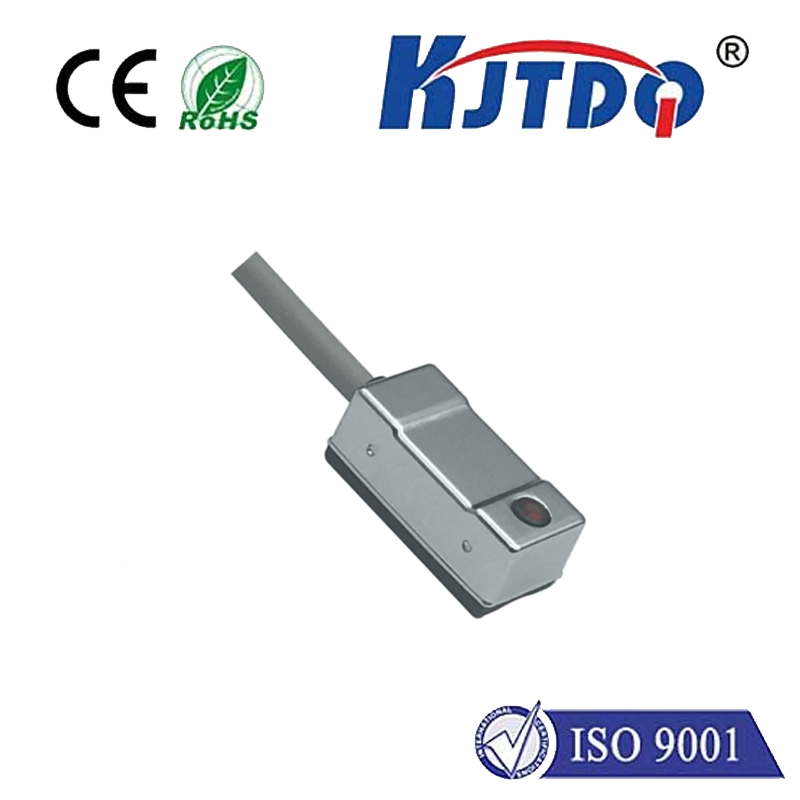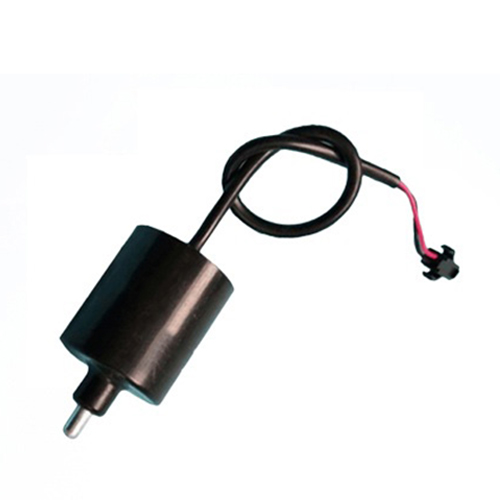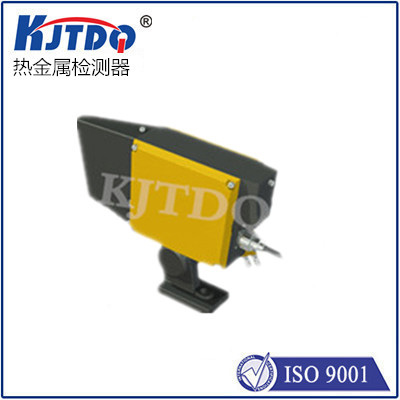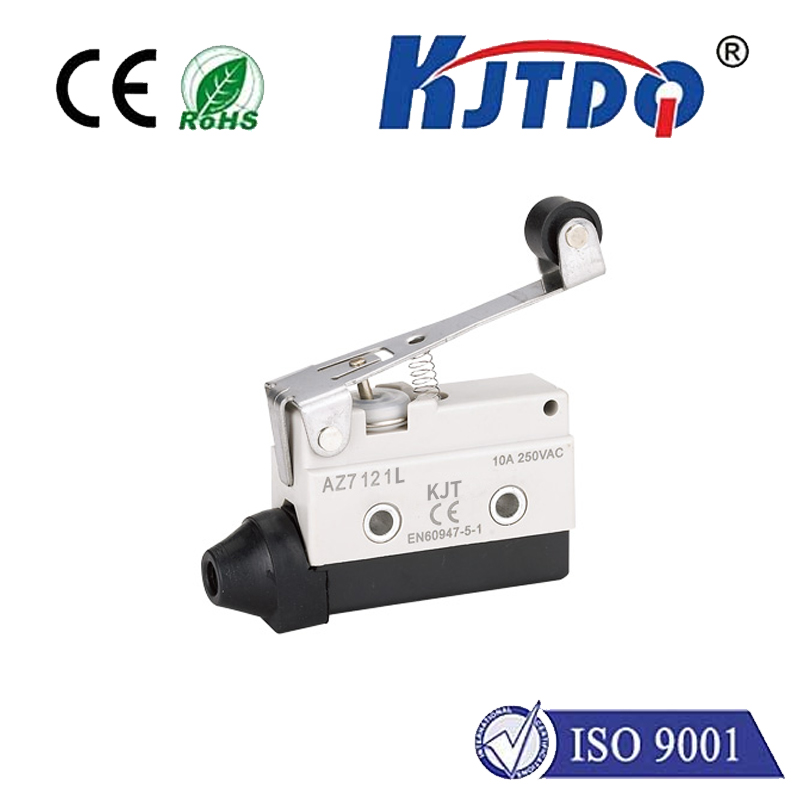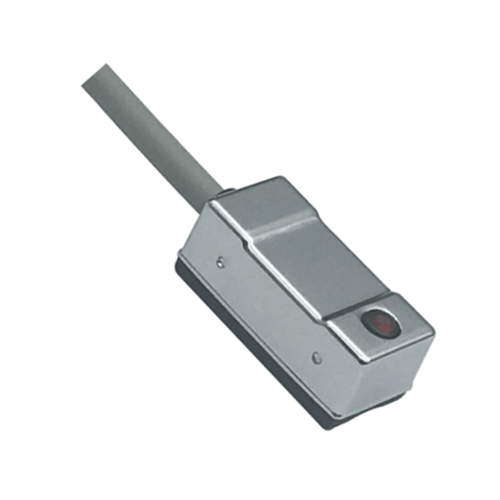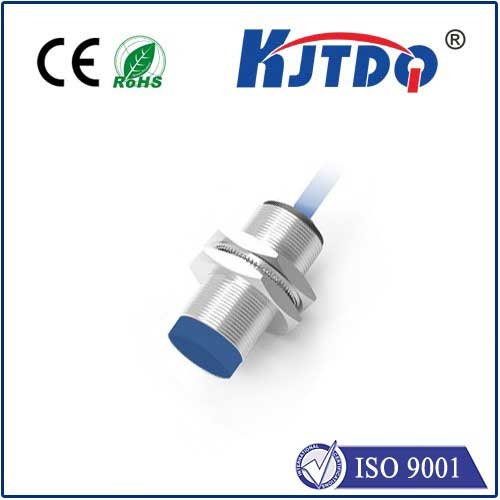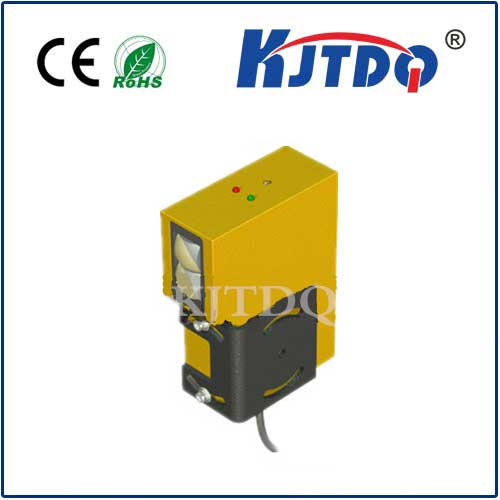Picture a bustling factory floor where robots assemble intricate parts, conveyor belts hum with activity, and every movement hinges on split-second precision. In this high-stakes environment, a tiny, unassuming device plays a crucial role in avoiding costly collisions and ensuring seamless operations—the pneumatic proximity sensor. Unlike its electronic counterparts, this ingenious tool harnesses the power of compressed air to detect objects without physical contact, making it a cornerstone of modern industrial efficiency. As industries increasingly prioritize reliability and cost-effectiveness, understanding how these sensors work and why they matter can unlock new levels of productivity. Let’s dive into the world of pneumatic proximity sensors, exploring their unique mechanics, diverse applications, and transformative benefits.
At its core, a pneumatic proximity sensor operates on a simple yet brilliant principle: it uses changes in air pressure to identify the presence or absence of objects nearby. When an object enters the sensor’s detection range, it disrupts a jet of compressed air emitted from the device. This disturbance triggers a pressure shift, which is then converted into a signal—often through a diaphragm or valve mechanism—that alerts control systems to initiate or halt actions. This method relies purely on pneumatic technology, meaning no electricity is involved in the detection process itself. Non-contact detection is a key feature here, as it eliminates wear and tear from physical interactions, extending the sensor’s lifespan significantly. Ideal for harsh industrial settings filled with dust, moisture, or high temperatures, these sensors outperform many electronic alternatives by maintaining accuracy where others might fail. For instance, in automotive manufacturing lines, they reliably detect metal components on moving belts, ensuring assembly robots position parts flawlessly every time.

The applications of pneumatic proximity sensors span a wide array of industries, cementing their status as indispensable tools in automation. In the manufacturing sector, they’re commonly used for tasks like part counting, position verification, and safety barrier activation. Take packaging plants, for example: sensors monitor bottle caps as they’re fed into capping machines, preventing jams by signaling when objects are out of place. Similarly, in food processing environments, where hygiene is critical, their robustness against contamination shines—since they operate without electrical components, there’s no risk of sparks or short circuits that could spark fires in areas with flammable dust. Beyond factories, these sensors find roles in sectors like aerospace and logistics, guiding automated guided vehicles (AGVs) through warehouses by detecting obstacles along paths. This versatility stems from their adaptability to various media, including liquids and gases, making them perfect for fluid control systems where precision detection is vital. By integrating these devices, companies achieve higher levels of operational safety and efficiency, reducing downtime and human error.
One of the standout advantages of pneumatic proximity sensors is their cost-effectiveness and durability, which make them a smart investment for long-term industrial sustainability. First and foremost, their design is inherently simple and low-maintenance: with fewer moving parts than electronic sensors, they resist damage from shocks or vibrations, and routine upkeep often involves just clearing dust from air nozzles. This translates to lower total ownership costs—factories report savings of up to 30% in maintenance expenses compared to using alternatives like inductive or capacitive sensors. Additionally, their energy efficiency is notable; since they run on compressed air systems already common in plants, no additional power sources are needed, slashing operational overheads. In terms of reliability, they excel in extreme conditions. For instance, in foundries with high temperatures reaching 150°C, where electronic sensors might degrade, pneumatic versions consistently perform without faltering. This resilience, combined with rapid response times measured in milliseconds, ensures minimal delays in high-speed production lines, boosting overall throughput and profitability.
When comparing to other proximity detection technologies, such as photoelectric or ultrasonic sensors, pneumatic variants hold unique benefits that cater to specific industrial demands. Photoelectric sensors, which use light beams for detection, are excellent for long-range applications but can be disrupted by environmental factors like smoke or glare—common in welding shops. Here, pneumatic sensors provide a fail-safe solution by relying on airflow that’s unaffected by such interferences. Meanwhile, ultrasonic sensors offer good range and versatility but may struggle with soft or irregularly shaped objects; pneumatic devices, however, detect even porous materials with ease due to their sensitivity to air pressure changes. This makes them ideal for handling delicate items in industries like pharmaceuticals, where precision is non-negotiable. Despite these strengths, it’s important to note that pneumatic sensors have limitations, such as shorter detection ranges (typically under 50mm), which might require strategic placement. Yet, when integrated into comprehensive automation frameworks—like those incorporating PLCs or IoT networks—they enhance system intelligence by providing real-time data that optimizes workflows. As a result, businesses gain a scalable and adaptable approach to monitoring, reducing waste and improving quality control across operations.
In today’s fast-evolving industrial landscape, the role of pneumatic proximity sensors continues to expand, driven by innovations that enhance their compatibility and functionality. Modern versions now feature modular designs for easy retrofitting into existing pneumatic circuits, allowing retrofits without major overhauls. Advancements in air-flow optimization have also increased sensitivity, enabling detection of smaller objects with greater accuracy—critical in electronics assembly where components shrink yearly. Looking forward, as Industry 4.0 initiatives push for smarter, interconnected factories, these sensors are evolving to support digital integrations, such as connecting to cloud-based analytics via pneumatic-to-electrical converters. This transforms raw pressure data into actionable insights, predicting maintenance needs before failures occur. Ultimately, the enduring appeal of pneumatic proximity sensors lies in their blend of simplicity, reliability, and economy. Whether in automotive plants or renewable energy setups, they serve as silent sentinels, safeguarding efficiency and innovation without fanfare. Embracing this technology isn’t just about adopting a tool; it’s about building resilient, future-ready systems that thrive on precision.
